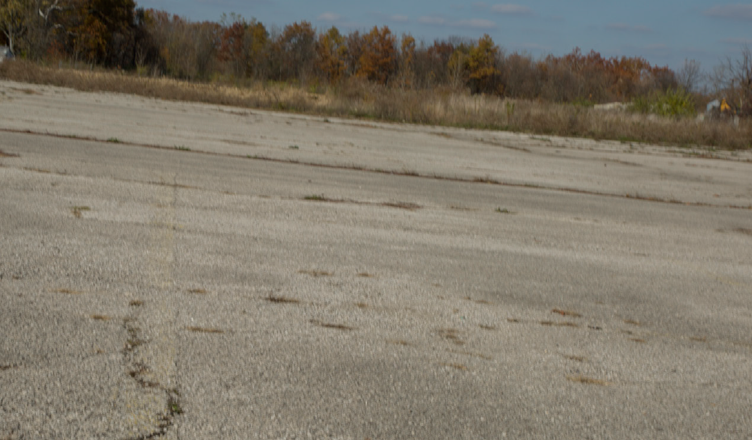Fall 2019: In the Brownfields to Brightfields Project (BBP), 2nd-year urban planning students surveyed, inventoried and mapped 22 brownfields in East Central Indiana to assess their solar installation potentials. Students performed land use analysis and ownership studies, assessed potential solar generation capacity, and determined sites’ potential for economic development. Students created a detailed reproduction guideline for Indiana communities. These results will be shared through detailed web-based sitemaps, replication guide, webinar, and presentations to local officials and stakeholders, state and national conferences, and in print.
Fall 2018: This community based immersive learning course is built around a theme of promoting sustainable community through analyzing its solar energy potential for existing brownfields of Delaware County, Indiana, and is comprised of urban planning students who are interested in regional planning, brownfield redevelopment, application of computer-based planning techniques to regional scale, and sustainable community building. By definition, brownfield means a site or real property for which the expansion, redevelopment, or reuse may be complicated by the presence or potential presence of ahazardous substance, pollutant or contaminant (US Congress, 1980). Due to its hazardous nature, the concentration of such sites in urban areas or industrial towns makes economic development more challenging. However, beginning in the early 2000s, brownfields in rust belt Midwest regions slowly started to gain an attention from developers and communities as an opportunity, and now they are starting to attract significant funding and subsidies from private investors, non-profits and government agencies. Against this backdrop, in this immersive learning course, partnering with Sierra Club Hoosier Chapter, students analyzed and evaluated solar potentials for brownfields in Delaware County, Indiana. Through the immersive learning course, students evaluated the solar potential for the community and assess the potential for economic development for existing brownfields.
Fall 2019
Faculty Mentor: Sanglim Yoo
Department: Urban Planning
Community Partners: Sierra Club Hoosier Chapter
Students: Alexis Adams, Batul Ather, Richard Bratton, Elizabeth Crane, Daniel Grinspan, Kenzie Hughes, Alexander Janke, Janee Johnson, Esteban Leguizamo, Madison Lindsay, Jacob McQueen, Alex Pope, Erick Portillo, Jefferson Reece, Carter Solivan, Madison Spangler, Casey Stamm
Fall 2018
Faculty Mentor: Sanglim Yoo
Department: Urban Planning
Community Partners: Sierra Club Hoosier Chapter
Students: Odessa Birtman, Javan Johnson, Colton Marvel, Hannah Moran, Sarah Murray, Patricia Salgado, Erin Salgat, Michael Terronez, Jackson Trebor
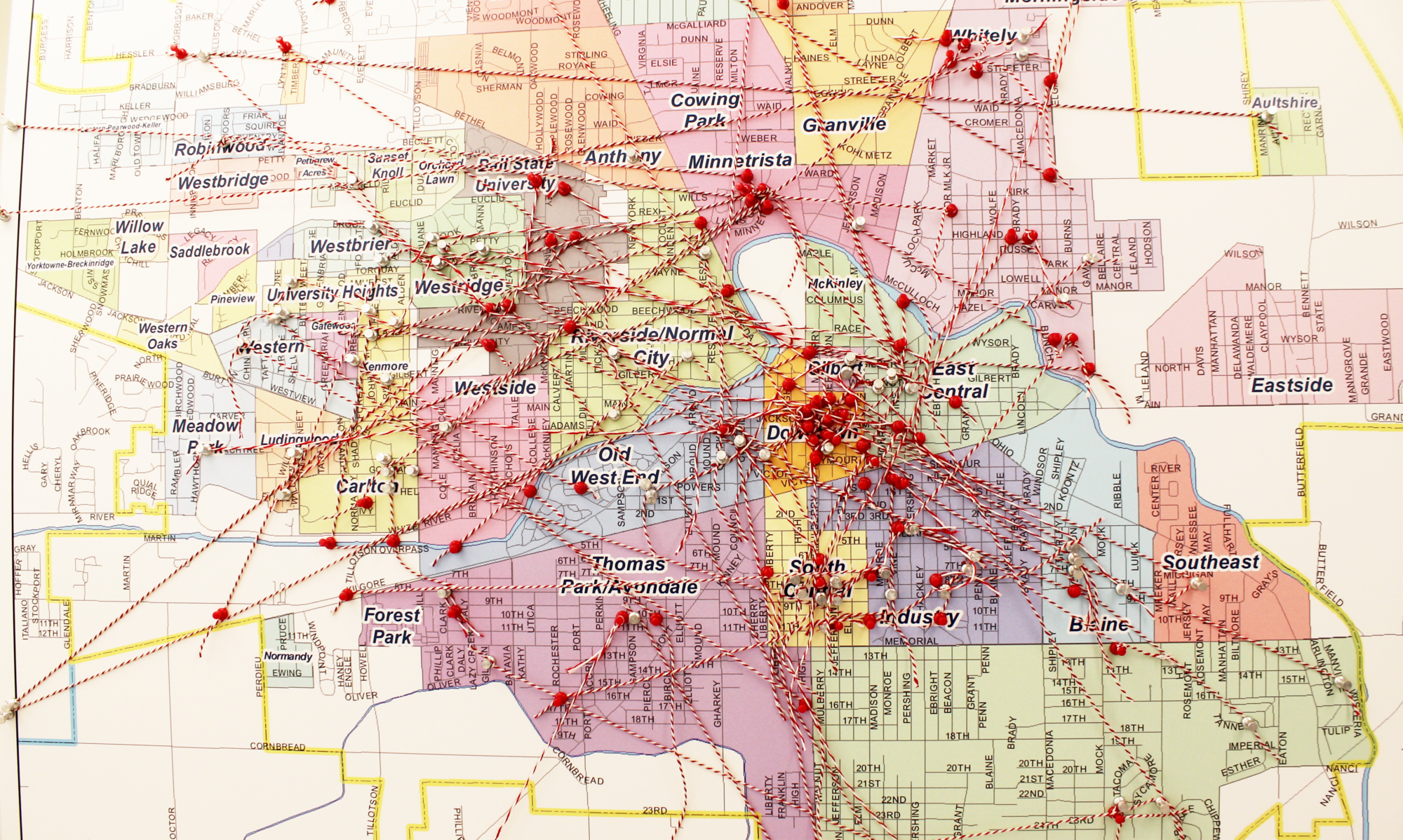
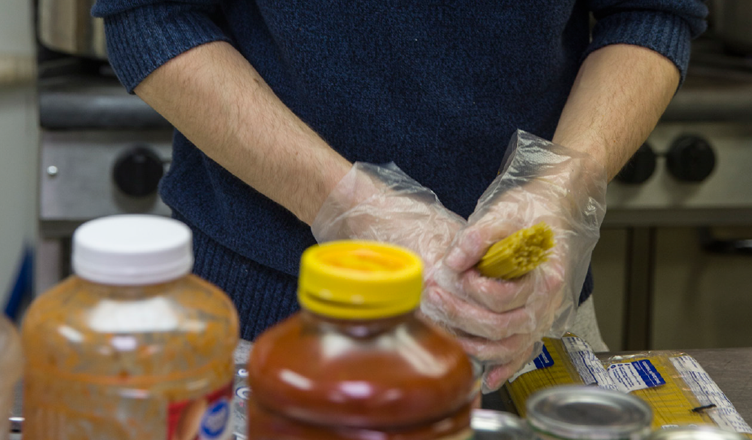
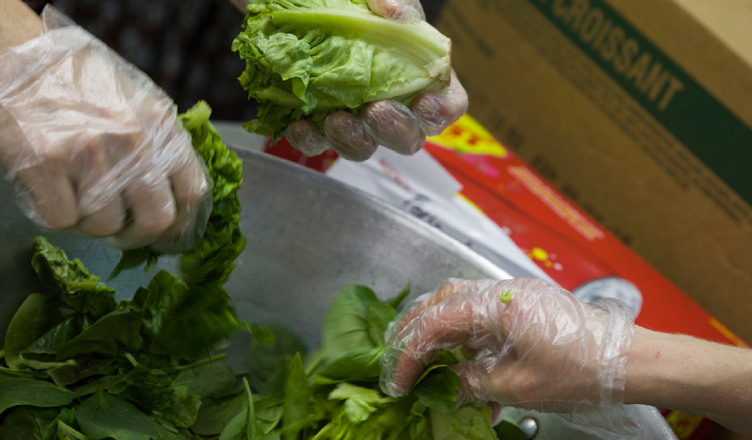
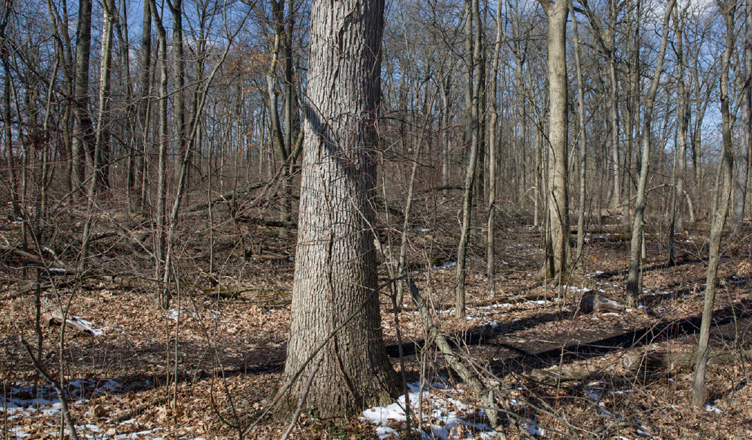
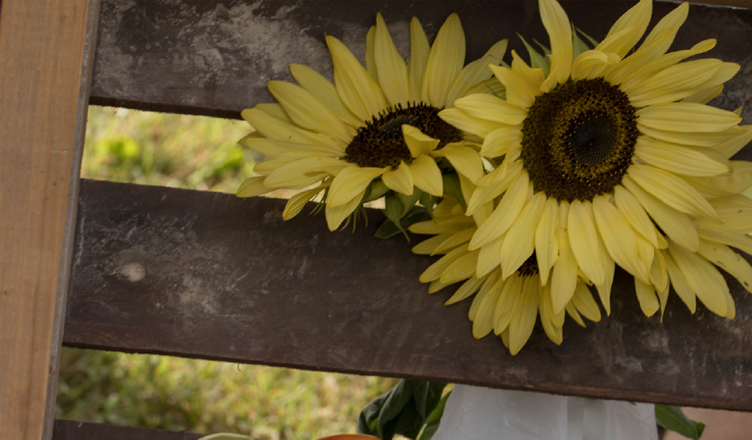
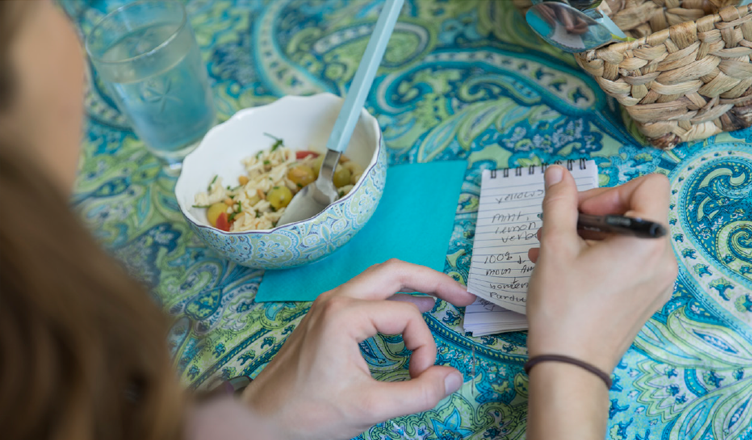
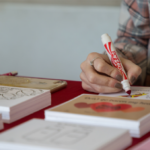 Faculty Mentor: Kate Elliott
Faculty Mentor: Kate Elliott Faculty Mentor: Kate Elliott
Faculty Mentor: Kate Elliott